Kubernetes Fundamentals

Jakarta Kubernetes Meetup
Hello!
Iqbal Farabi
System Engineer
Go-Jek Indonesia

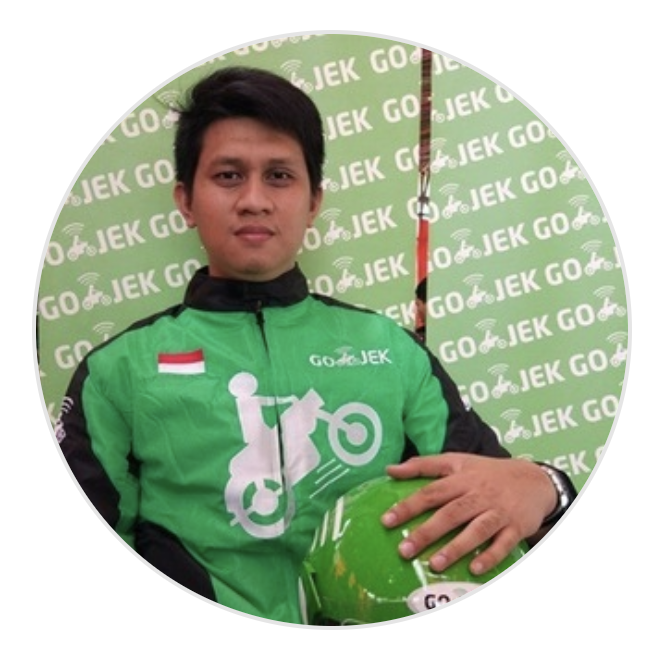
At the end of this talk...


We will have discussed about...
- Why a tool such Kubernetes is needed?
- Test drive with Kubernetes
- A sneak peek of how Kubernetes in Gojek
- Curriculum of Kubernetes Fundamentals talk series

Start with Why




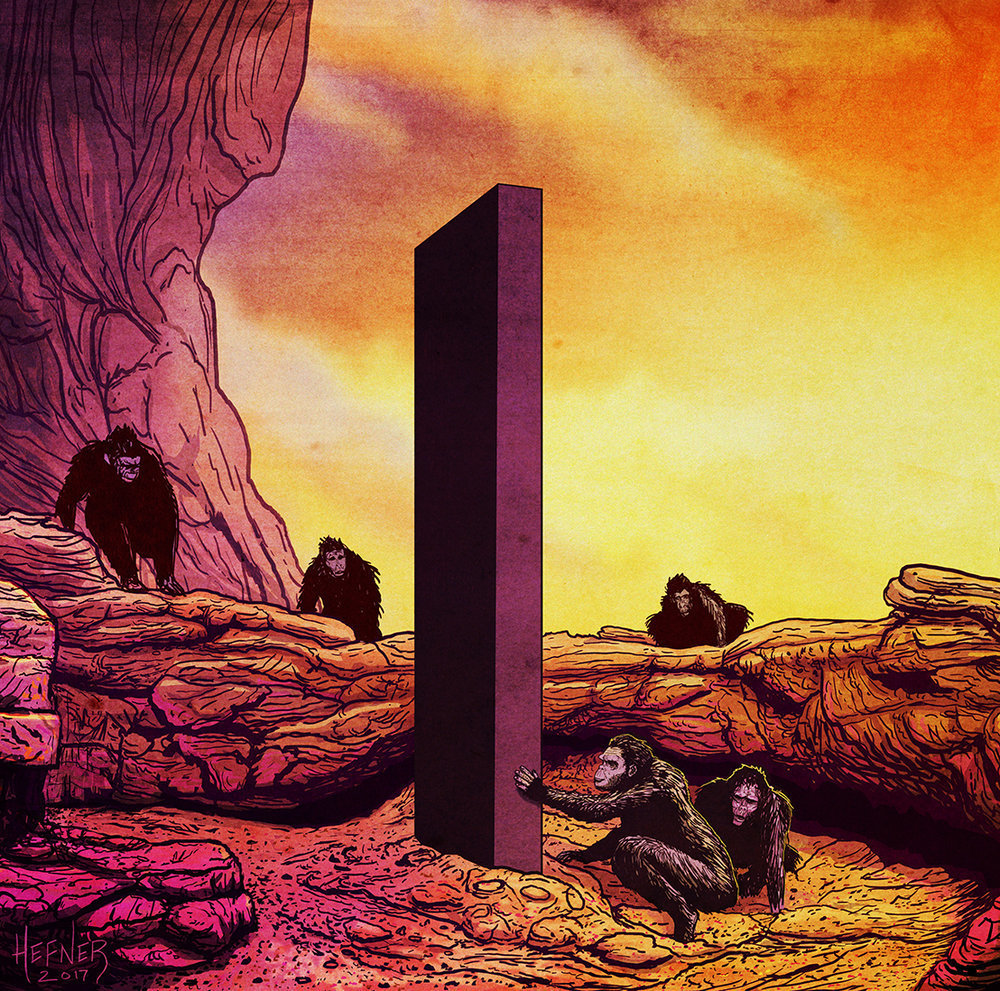
Monolithic architecture is simple to develop, deploy, and scale.


Horizontal Scaling with Monolithic Apps
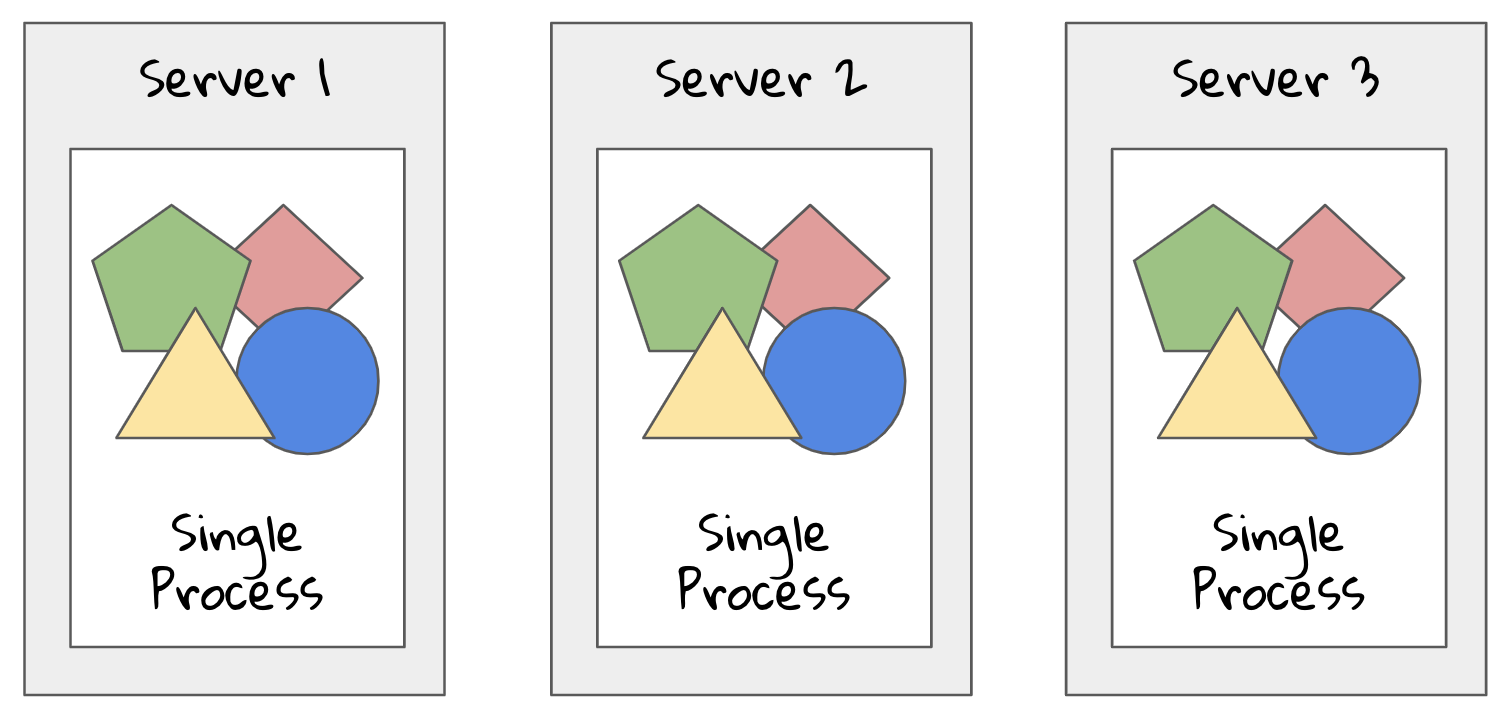
along came Microservices...

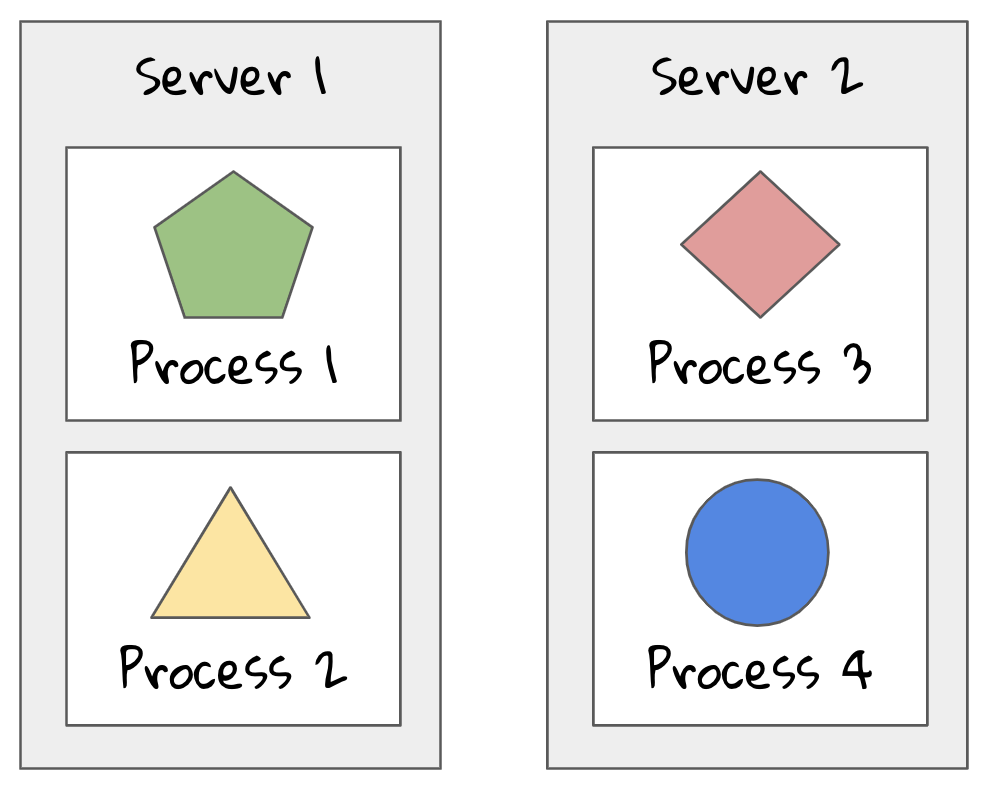

Horizontal Scaling with Microservices
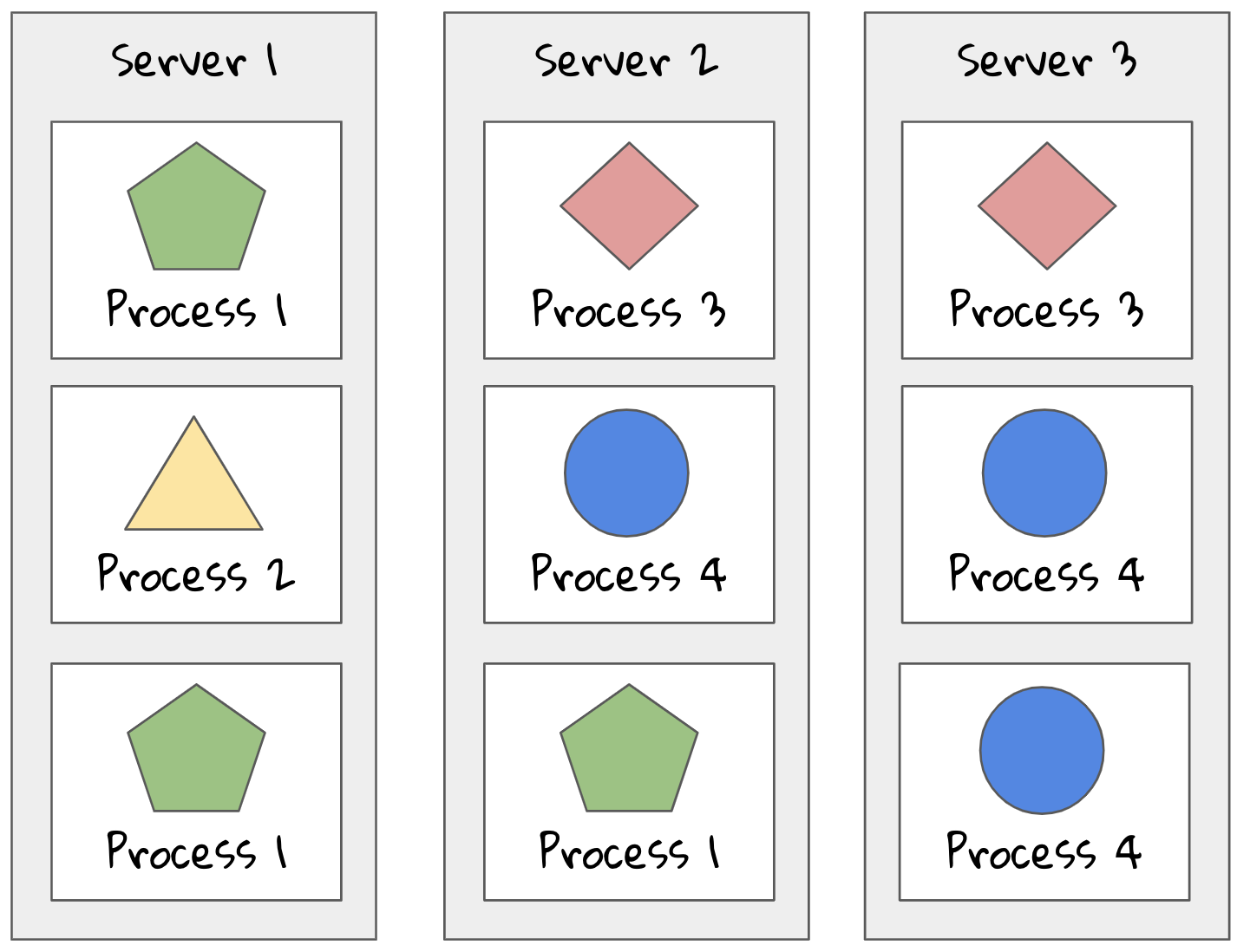

But every new solution introduces new problems...

Dependencies Madness
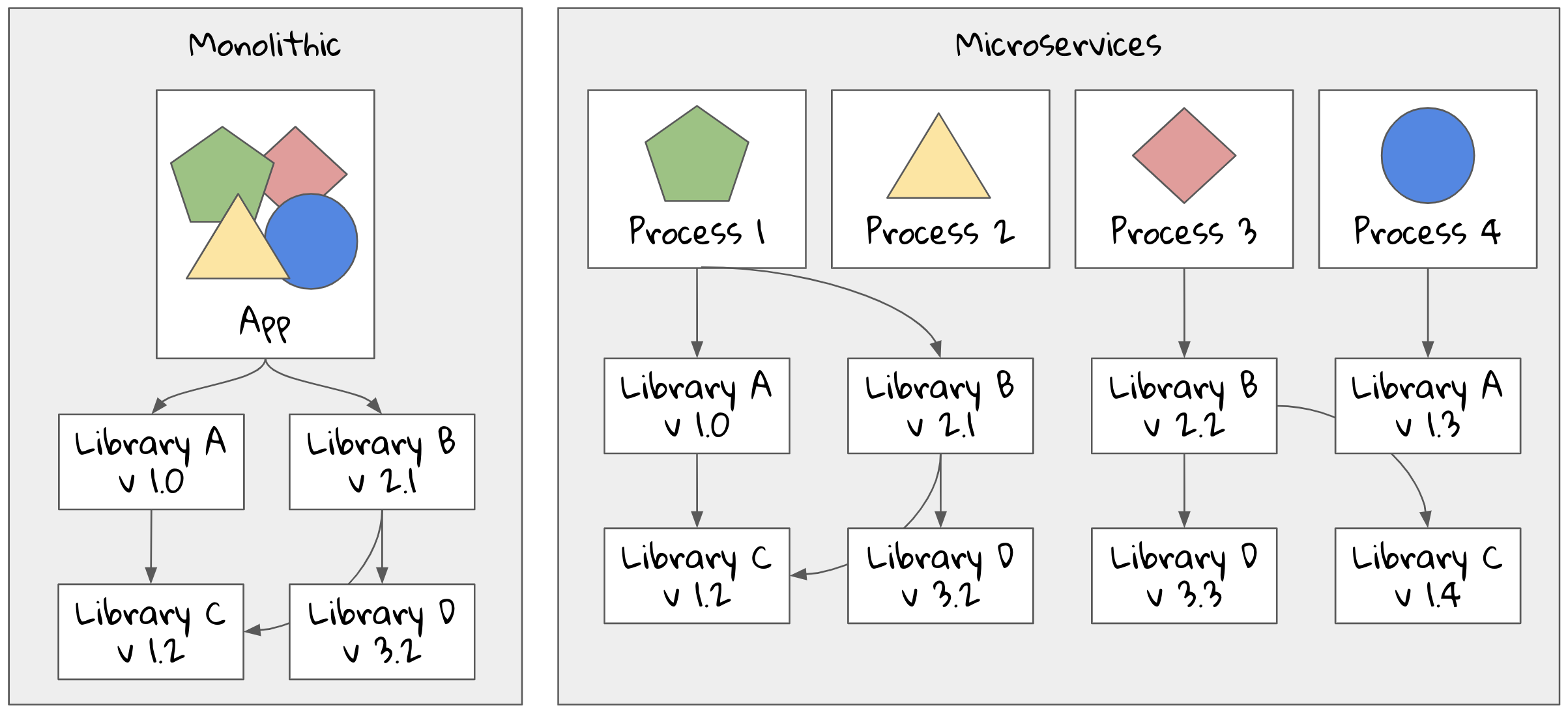
We Need Isolation


Virtual Machines
We can isolate components using Virtual Machines (VMs). This way, each components can have their own dependencies satisfied without getting in the way of each other.
The problem with VM is that it takes a lot of hardware resources, therefore not ideal for microservice-based app with large number of services.


Virtual Machines
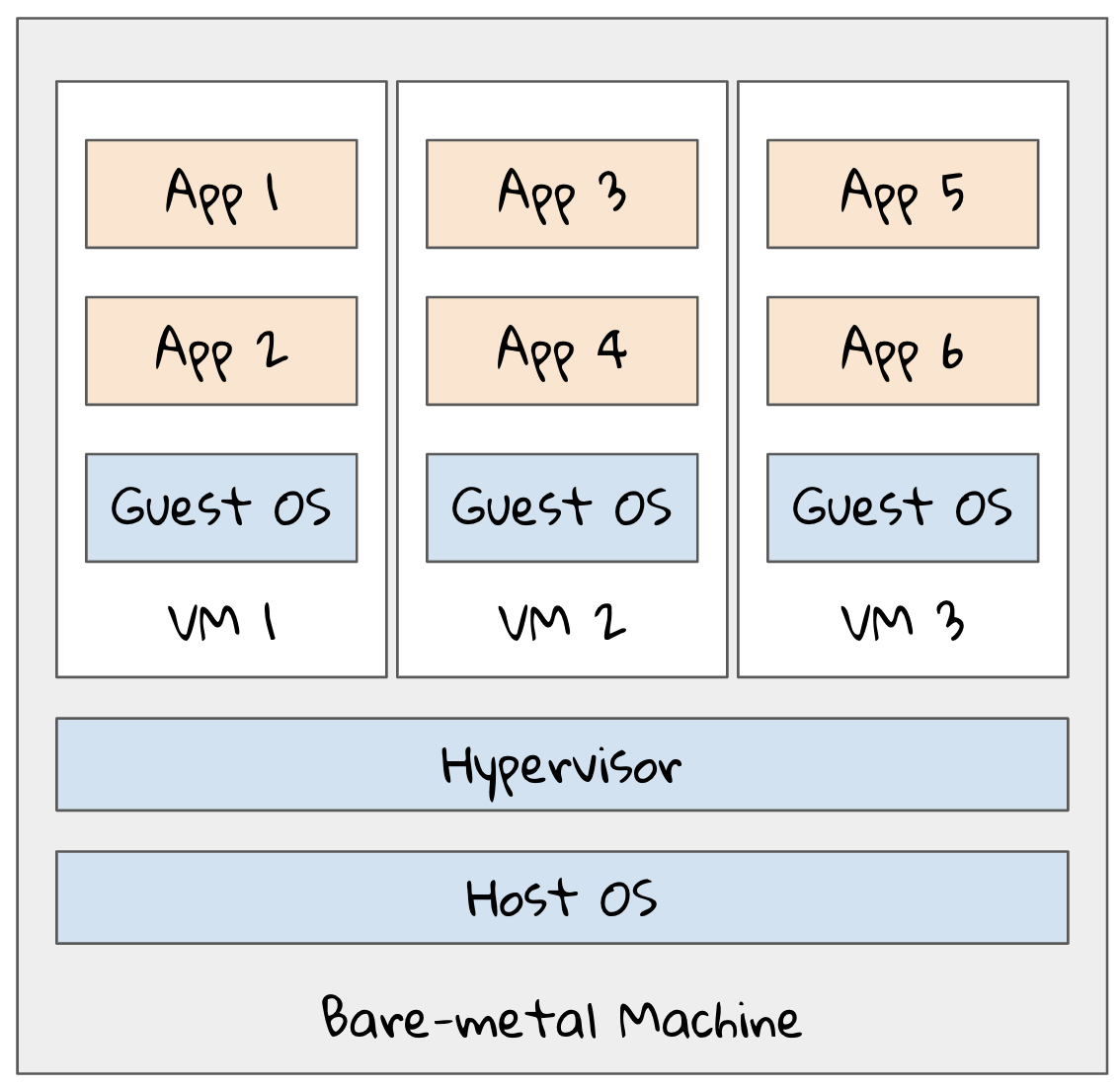
Containers
Containers run as isolated process on host OS instead of running its own guest OS. This is achieved by using Linux namespaces, cgroup, and chroot*.
That way, containers provide isolation without consuming as much resources as VMs. With the same specs, a bare-metal host can run more containers than VMs.
* checkout: Building Containers from Scratch


Containers
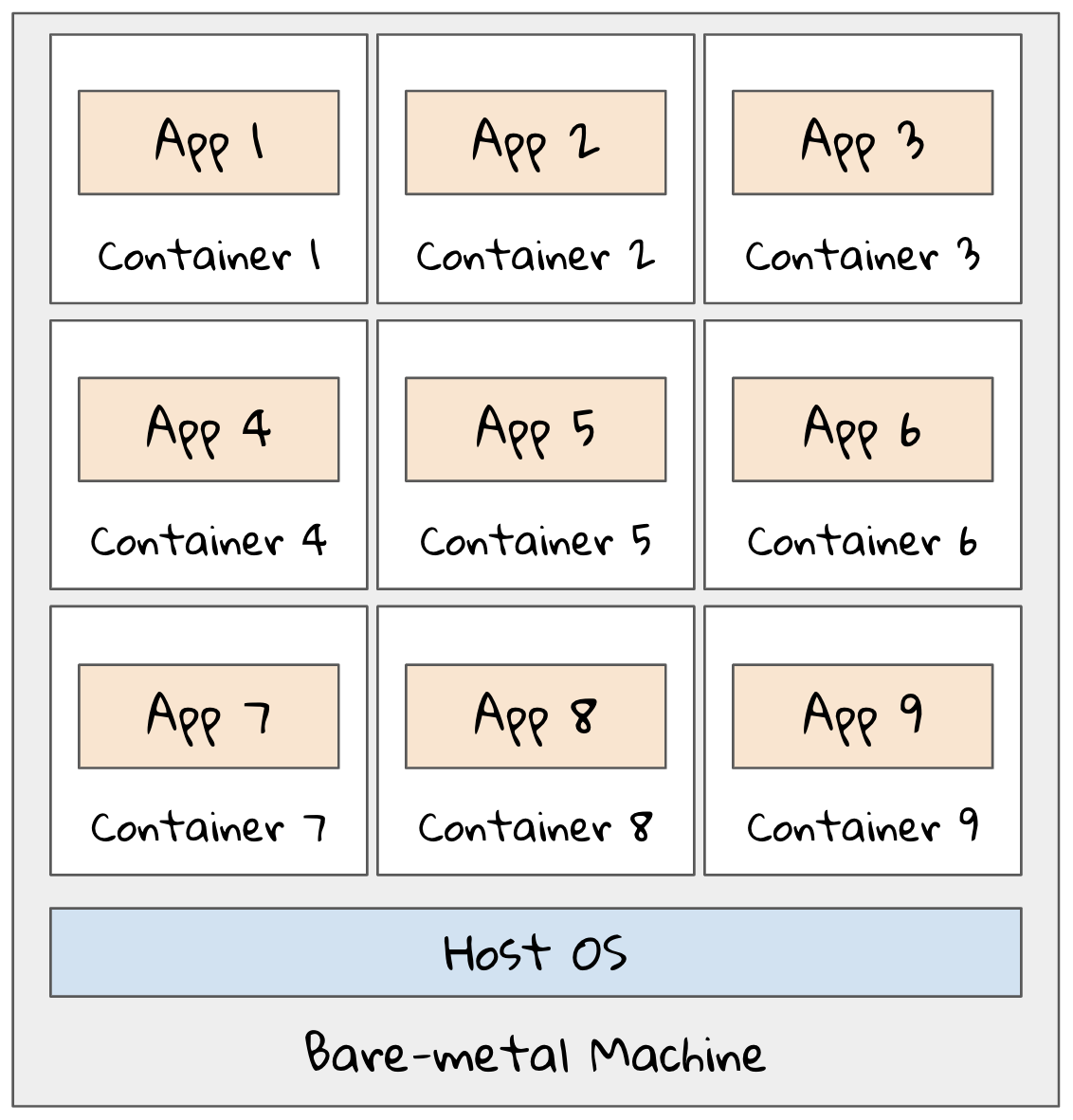

VMs and Containers

Kubernetes


Greek for pilot, helmsman, governor.


In a brief...
Kubernetes is a software system that allows you to deploy and manage containerized applications on top of it.
Kubernetes enables you to run your software applications on multiple distributed nodes as if all those nodes were a single, enormous resource.
Kubernetes can be thought of as an operating system for the cluster.

In a picture...


In an official diagram...



In action...
The Driving-a-Car Philosophy


It’s like learning to drive a car. In the beginning, you don’t really know what’s under the hood. You first want to learn how to drive it from point A to point B.
Only after you learn how to do that do you are interested in how a car makes that possible. After all, knowing what’s under the hood may someday help you get the car moving again after it breaks down and leaves you stranded at the side of the road.


Let's Ride

1 - Preparation

brew cask install minikubeFor our test drive, let's just use minikube.
Install Kubernetes
brew install kubernetes-clikubectl config get-contextsVerify everything is ok
2 - Deploy a Simple App

kubectl run kubia --image=qblfrb/kubia --port=8080 --generator=run/v1Use `kubectl run command`
See the result
kubectl get podsWhat Just Happened?


3 - Expose The App

Get the replication controller:
kubectl get replicationcontrollerExpose it:
kubectl expose rc kubia --type=LoadBalancer --name kubia-http --port=8080Test it:
minikube service kubia-httpVocabularies
Pod
A co-located group of containers. Represents the basic building block in Kubernetes.
Replica Controller
A Kubernetes resource that ensures a desired number of pods are always kept running.
Service
A resource that serves a a single, constant point of entry to a group of pods providing the same service. Each service has an IP address and port that never change while the service exists.

Deploying a Sinatra App
to Kubernetes



1 - A Simple Sinatra App

require 'sinatra'
enable :run, :show_exceptions
set :environment, :production
set :bind, '0.0.0.0'
set :port, 80
get '/' do
'Hello, world!'
endHello world:
2 - Container Image

FROM ruby:2.5.1
RUN gem install sinatra
WORKDIR /usr/src/app
COPY hello-world.rb .
EXPOSE 80
CMD /usr/local/bin/ruby ./hello-world.rbWrite a Dockerfile:
Build and push to Dockerhub:
docker build -t qblfrb/hello-world-sinatra:0.1.0 .
docker push qblfrb/hello-world-sinatra:0.1.03 - Kubernetes Manifest (1)

apiVersion: apps/v1
kind: Deployment
metadata:
name: sinatra
spec:
selector:
matchLabels:
app: sinatra
replicas: 1
template:
metadata:
labels:
app: sinatra
spec:
containers:
- name: sinatra
image: qblfrb/hello-world-sinatra:0.1.0
ports:
- containerPort: 30080Deployment:
3 - Kubernetes Manifest (2)

apiVersion: v1
kind: Service
metadata:
name: sinatra
labels:
app: sinatra
spec:
type: NodePort
ports:
- port: 80
nodePort: 30080
protocol: TCP
name: http
selector:
app: sinatraService:
4 - Run

kubectl apply -f sinatra.yamlApply:
kubectl get pods -l app=sinatra
kubectl port-forward sinatra-788f79cff4-fpqxw 8080:80Port-forward:
Kubernetes in Go-Jek


Multiple Approaches



+
=


+

=


+


Kubeadm
=



The Bootstrapper
The Bootstrapper is a tool that we created to empower developers in managing their own Kubernetes cluster on AWS. This is only one of many Kubernetes related tools we have in Go-Jek.
We implement the reconciler pattern as described in Kris Nova's book Cloud Native Infrastructure. We utilize Terraform and Kops to automate cluster creation, update, and deletion.

Simple things should be simple, complex things should be possible.
- Alan Kay



cluster_name: istabon.sample-cluster.io
vpc_name: istabon-staging
nodes:
count: 4
size: m5.4xlarge
masters:
count: 3
size: m4.2xlarge
zones:
- ap-southeast-1a
- ap-southeast-1b
- ap-southeast-1c
subnets:
- cidr: 10.14.14.0/24
- cidr: 10.14.15.0/24
- cidr: 10.14.16.0/24
utility_subnets:
- cidr: 10.14.17.0/28
- cidr: 10.14.17.16/28
- cidr: 10.14.17.32/28
topology: private
bucket_region: ap-southeast-1
├── cluster-definition
│ ├── istabon.sample-cluster.io
│ │ └── config.yaml
├── kops
│ ├── istabon.sample-cluster.io
│ │ ├── alertmanager.yaml
│ │ ├── cluster.yaml
│ │ ├── gcr-secret.yaml
│ │ ├── grafana-service.yaml
│ │ ├── instance-group-bastions.yaml
│ │ ├── instance-group-master-1.yaml
│ │ ├── instance-group-master-2.yaml
│ │ ├── instance-group-master-3.yaml
│ │ ├── instance-group-nodes.yaml
│ │ ├── kops-secret.yaml
│ │ ├── kubectl-proxy-secret.yaml
│ │ ├── prometheus-custom-rules.yaml
│ │ ├── prometheus-service.yaml
│ │ └── tiller-rbac-config.yaml
├── scripts
└── terraform
└── istabon.sample-cluster.io
└── services
└── kops-setup
├── backend.tf
├── data.tf
├── main.tf
├── output.tf
├── provider.tf
└── var.tfCluster with Benefits


Benefits (1)
Faster Setup Time
Setting up the whole Go-Viet infrastructure only took four days.
Cookie Cutter Model
Repeatable/immutable nature of containerizing helps us to replicate our MVP launch strategy for different geographies.
Scalable
Scaling based on business growth is very easy.

Benefits (2)
Faster MTTR
In the case of traffic spike, for instance, we can spin up new containers much more quickly than setting up new VMs.
Higher Uptime
High availability setup lead to fewer outage.
Efficiency
System resources like CPU, memory, etc. are more effectively utilized in container world than in VMs.

Benefits (3)
Easy Configuration
Automatic service discovery allows engineers to not maintain any configuration for multi-data center deployments.
Cost Effective
Save > 60% cost compared to VM per year per country for international expansion projects.

Kubernetes Fundamentals Curriculum



The Series
We, Jakarta Kubernetes community organizers believe that we should dedicate one talk in every meetup to help people who are new to Kubernetes to learn together with the community.
The curriculum of Kubernetes Fundamentals series will be derived from several sources such as:
- Kubernetes Up and Running
- Kubernetes in Action
- Linux Foundation's Kubernetes Fundamentals Course
- etc

The Curriculum
Initial, but not definitive curriculum looks something like this:
- Kubernetes Basics
- Installation and Configuration
- Kubernetes Architecture
- APIs and Access
- API Objects
- Managing State with Deployments
- Services
- Volumes and Data
- Ingress
- Scheduling
- Logging and Troubleshooting
References
and Reading Materials



-
Kubernetes in Action – Mario Luksa
-
Kubernetes: Up and Running – Joe Beda, Brendan Burns, Kelsey Hightower
-
Cloud Native Infrastructure – Kris Nova, Justin Garrison
-
Building Microservices – Sam Newman
-
Designing Distributed System – Brendan Burns


Thank You!
Kubernetes Fundamentals
By qblfrb
Kubernetes Fundamentals
Intro to Kubernetes talk for Jakarta Kubernetes Meetup, Jan 10th 2019
- 905



